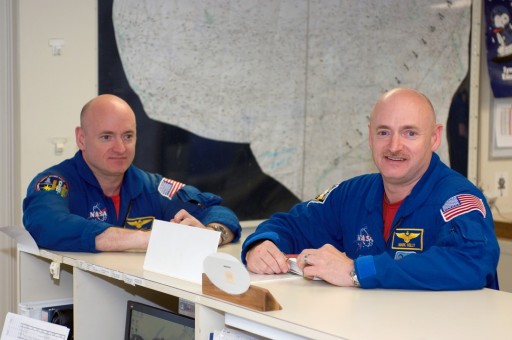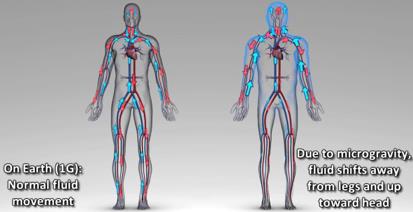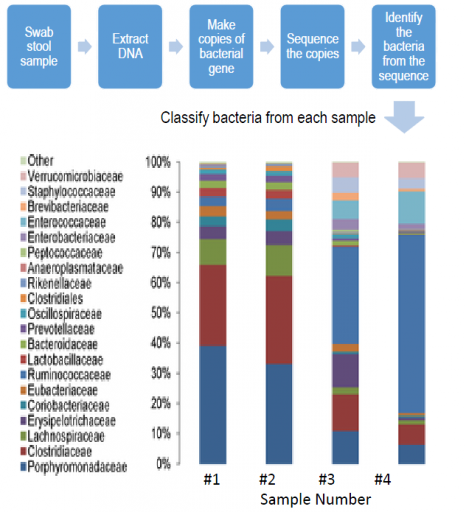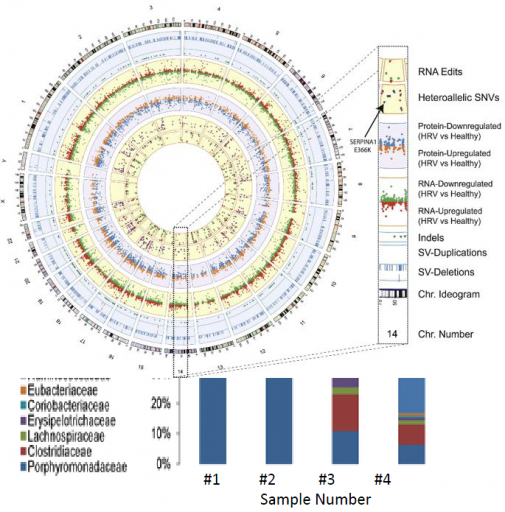Kelly Twins Study

One of the unique aspects of Scott Kelly’s mission is the concurrent study of his twin brother Mark who will remain on the ground. Although Mark has retired from the Astronaut Office, he agreed to participate in this unique, once-in-a-space-program study.
Because Mark will be able to go about his normal business on Earth and not experience the same environment Scott will be experiencing, the twin study is considered observational in nature without any defined outcomes and objectives – it is considered a welcome opportunity to compare data collected from genetically similar astronauts to observe the human effects of spaceflight.
Data acquisition from the twins will include regular sampling activities of blood, saliva, swabs and stool as well as physical and psychological tests. A total of ten different studies were chosen for the twins:
- Metabolomic and Genomic Markers of Atherosclerosis as Related to Oxidative Stress, Inflammation, and Vascular Function in Twin Astronauts [This study looks at the effects of long-duration space flight on the cardiovascular system, investigating the relationship between gene expression, metabolomic profiles, biomarkers in blood and urine, and arterial structure and function. The experiment includes concurrent sample acquisition and exams from both twins – vascular function exam (ultrasounds of blood vessel function), blood & urine sampling at Launch minus 180 and 45 days, during the flight at +15, +60, +180, +240. +300 and Return-15 days, and three days after the return.]
-

Image: NASA Proteomic Assessment of Fluid Shifts and Association with Visual Impairment and Intracranial Pressure in Twin Astronauts [Looking at fluid shifts is an important item in the current studies of spaceflight-induced changes in the human body since the fluid distribution on the ground is driven by gravity causing astronauts to exhibit ‘puffy heads’ and ‘chicken legs’ once gravity is no longer present. This particular study looks at the proteomic and genomic biomarkers underlying fluid shifts in the space environment as well as associated visual impairment and intracranial pressure symptoms. Since the study looks at the proteins present in the blood plasma, these sampling operations will be required from both twins. Additional measurements include ultrasound measurements of fluid shifts, intracranial & intraocular pressure, ocular structure, blood pressure, heart rate and vascular resistance. MRI and tissue hydration testing is performed pre & post-flight.]
- Cognition on Monozygotic Twin on Earth [This study focuses on behavioral health to characterize the effects a prolonged exposure to the space environment, the confined quarters of ISS and other environmental properties have on the perception and reasoning, decision making and alertness. The study includes questionnaires and behavioral tests performed before, during & after the flight.]
-

Metagenomic Sequencing of the Microbiome – Image: Northwestern University Metagenomic Sequencing of the Microbiome in GI Tract of Twin Astronauts [The population of the human gastrointestinal tract has an important effect on the overall health. The bacteriome can help in digestion and immune system function, but it can also have negative effects such as an overgrowth in bacteria that accompanies illness or stress. This study will look at the changes to the bacterial population of the GI tract over the course of a year and determine in what way they are different from changes observed on Earth. The investigation will look at particular types of bacteria susceptible to the space environment and also identify possible causes and consequences. The study will use stool swab samples to extract the DNA of bacteria that are then sequenced and identified followed by a classification from each sample taken at different times during the mission.]
- Differential Effects on Telomeres and Telomerase in Twin Astronauts Associated With Spaceflight [Telomeres are repetitive nucleotide sequences at each end of a chromatid serving the function of protection of the chromosome from deterioration and preserving the information-carrying sequences of the DNA. Aging on Earth is associated with the shortening of these repetitive sequences and can therefore be used as a biomarker of aging and age-related pathologies such as cancer and cardiovascular deterioration. This biomarker is able to capture the interplay between genetics and lifestyle factors – with two subjects with similar genetics (twins), the lifestyle factors (one in space, one on Earth) increase in their importance in the effect on the telomeres. The unique aspect of this study is that it reflects the combination of exposures such as radiation, and experiences – nutritional, psychological, physical and otherwise. The study will utilize blood sampling pre-flight as reference, during flight to asses short-term changes and for a lengthy post-flight period to look at long-term effects.]
- Comprehensive Whole Genome Analysis of Differential Epigenetic Effects of Space Travel on Monozygotic Twins [First, this study aims to compare the extent of DNA methylation between the two twins. Methylation, the addition of a methyl group to cystine or adenine DNA nucleotides, is one of the significant drivers in gene mutation and can be caused by external factors. This study tries to acquire samples at pre-determined intervals and based on unexpected exposures such as radiation events, or spacecraft contamination to link methylation to these spaceflight-related factors. Secondly, the study aims to assess whether effects seen in the space-flown twin are transient or long-lived. It will also be assessed whether mutations arise secondarily to epigenetic changes. Blood collection will take place at L-90, L-75, L+1, L+45, L+190, L+223, L+350 and R+90.]
- Biochemical Profile: Homozygous Twin control for a 12 month Space Flight Exposure [This study includes monitoring a range of biochemical parameters through blood and urine samples obtained from both twins. These parameters will reflect nutritional and physiological variables that may be altered as a result of the spaceflight experience and related nutritional changes, stress, microgravity and radiation. Data from this study will be able to improve the understanding of the role of the diet in the different biological systems. Blood and urine collection is performed at L-180, L-45, L-10, L+15, L+30, L+60, L+120, L+150, L+180, L+240, L+300, L+360, R+0 and R+30 days.]
- The Landscape of DNA and RNA Methylation Before, During, and After Human Space Travel [This study aims to uncover the genetic networks and expression patterns activated in the space environment, trace clonality of epigenetic changes and examine the extent of methylation of RNA. DNA methylation changes will be observed across the genome and a catalog of coding and noncoding RNAs will be observed to generate a transcriptome-wide map of RNA methylation sites. This will provide insight into potential mutation sites and associated consequences for long-duration space travelers.]
-

Image: Stanford School of Medicine Longitudinal Integrated Multi-Omics Analysis of the Biomolecular Effects of Space Travel [This study will collect all forms of data obtained as part of the various twin studies to create the most comprehensive portrait of the biophysical response to extended exposure to the space environment. Using the whole data set will allow scientists to detect and analyze even the most subtle changes in the twins’ physiology over time. This is done by following alterations to cellular systems that will help provide understanding of the effects of space travel on human health and how an astronaut’s genetic disposition may contribute to their unique physiologic response.]
- Characterizing Personalized Changes in Baseline Immune Abnormalities and Stimulated Immune Response in the Presence of a Benign Trivalent, Inactivated, Flu Vaccination [The space environment is known to have an effect on a person’s immune system. Taking two genetic similar subjects, one in space and one on Earth, will allow for a detailed study of spaceflight-induced degradation of the immune system over an extended period of time. The study will also characterize how long-term space effects change at baseline and after the seasonal flu vaccination. Baseline and post-vaccination are studied before, during and after the flight.]
